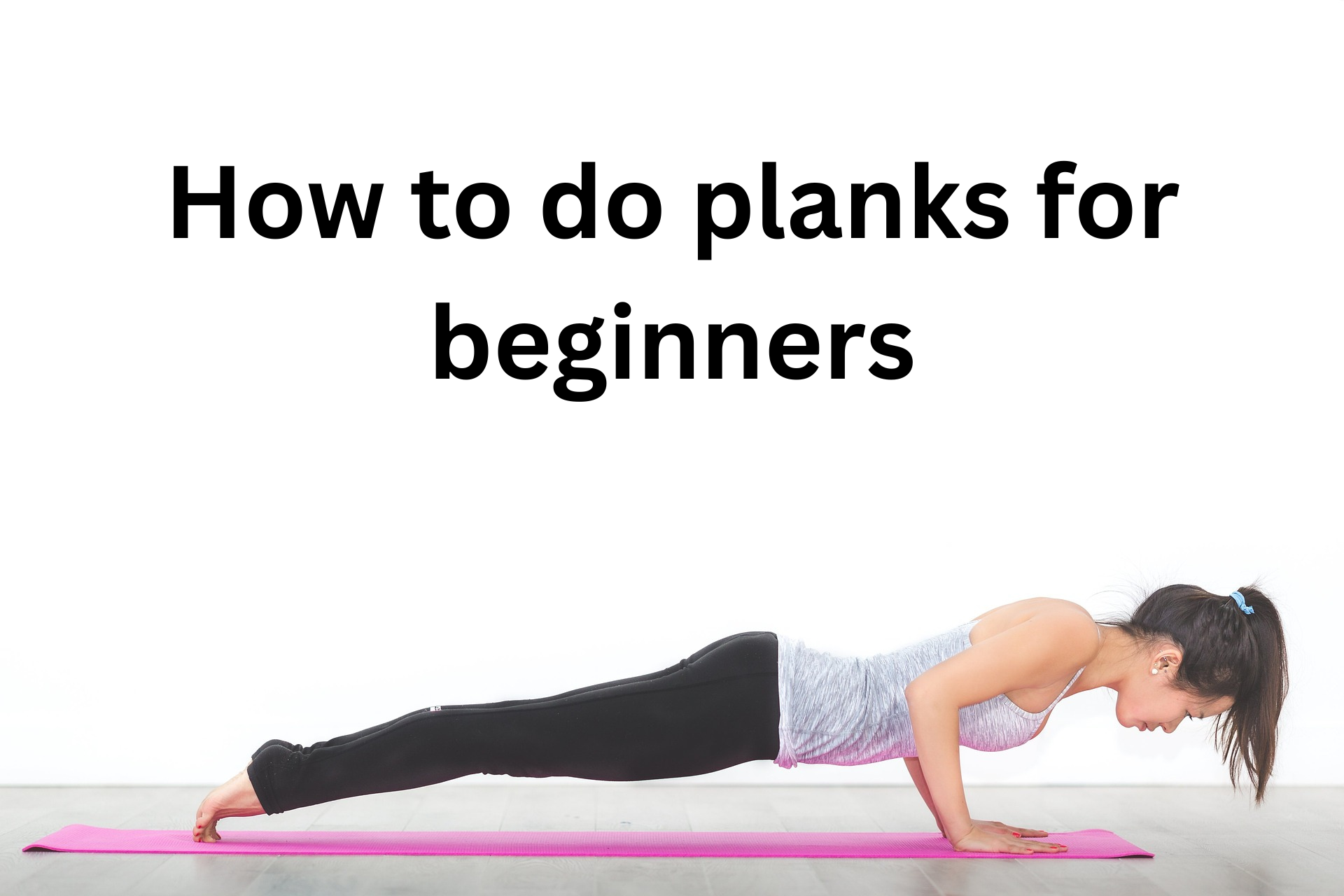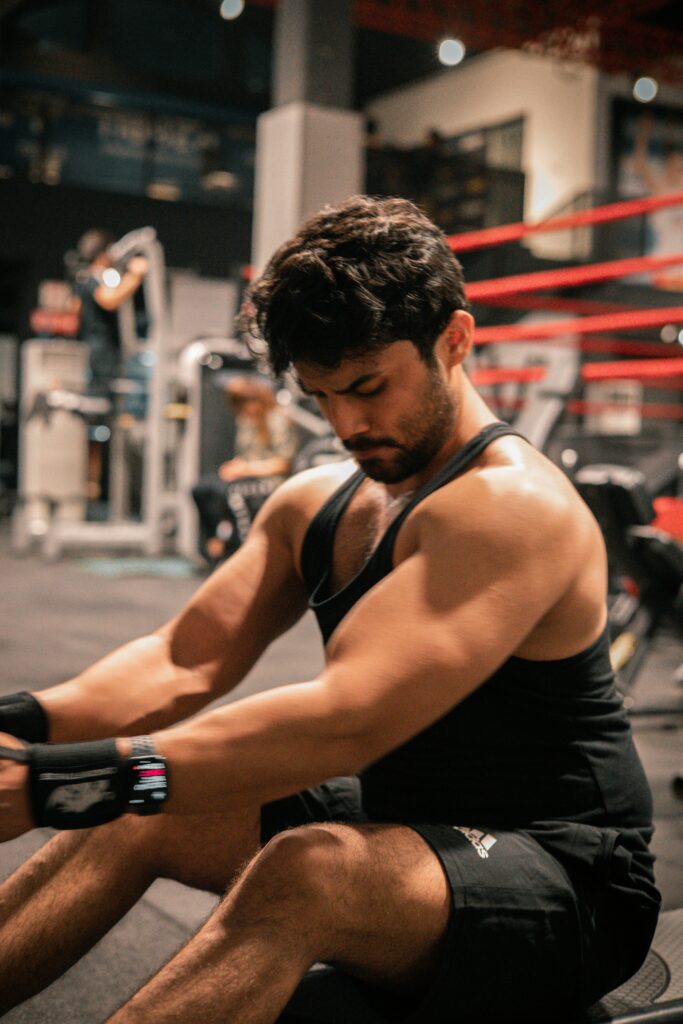If you’re searching for a simple, effective way to build core strength and tone your abs, planks are one of the best exercises you can start with. This beginner-friendly guide will show you exactly how to do planks, maintain proper plank form, and incorporate them into your daily routine for maximum results. Beginners think how to start planks manually in this article we will describe for your How to do planks for beginners that will up your personality.
Whether you’re preparing for a 30-day plank challenge or just want to improve your core stability, this article covers everything you need to know.
What Is a Plank?
Such as a plank is an isometric core exercise that engages multiple muscle groups, primarily your:
- Rectus abdominis (front abs)
- Transverse abdominis (deep core muscles)
- Obliques (side abs)
- Lower back
- Shoulders
- Glutes
Such as unlike crunches or sit-ups, the plank doesn’t involve movement but instead requires holding a specific position for a period of time—like a human bridge. This static contraction builds endurance, stability, and strength across your entire core.
Benefits of Planks
Such as Planks are among the best core strengthening exercises for a reason. Here are the top benefits:
- Improves balance and stability
- Enhances overall fitness performance
- Reduces the risk of injury
- Boosts metabolism and burns fat
- Tones abs without crunches
- Improves posture and helps reduce lower back pain
Why Should Beginners Do Planks?
Here are a few reasons planks are great for beginners such as :
- No equipment needed
- Can be done anywhere (home, gym, office)
- Low impact (easy on joints)
- Improves posture
- Enhances core strength, which benefits all other workouts
- Helps with back pain by stabilizing the spine
- Can contribute to weight loss by increasing calorie burn and improving metabolism
How Long Should You Hold a Plank?
Such as for beginners, the goal isn’t to hold the plank for minutes at a time consistency is more important.
- Start with 10–20 seconds.
- Add 5 seconds every few days.
- Over time, aim for 1 to 2 minutes per set with proper form.
Holding a plank for too long with bad form can do more harm than good.
Common Plank Mistakes Beginners Should Avoid
If you’re just starting out, it’s easy to make some form errors. Here are the most common plank mistakes and how to fix them:
- Sagging hips: Indicates a weak core. Focus on squeezing your abs and glutes.
- Hips too high: Reduces core engagement. Aim for a straight body line.
- Holding your breath: Always breathe steadily during a plank.
- Looking up or down: Keep your head aligned with your spine to avoid neck strain.
Beginner Plank to Try
Start with simpler versions and progress as your strength improves.
1. Knee Plank
- Great for absolute beginners.
- Keep knees on the ground while maintaining a straight line from shoulders to knees.
2. Incline Plank
- Use a bench or couch to raise your upper body.
- Reduces pressure on the core and shoulders.
3. Wall Plank
- Face a wall, place your forearms against it, and walk your feet back until your body forms a plank shape.
4. High Plank (Straight-Arm)
- Similar to a push-up position.
- Builds shoulder and wrist strength in addition to the core.
Sample Beginner Plank Workout Routine
Here’s a simple 7-day plan to help you start planking daily such as :
Week 1 Plank Routine
| Day | Exercise | Duration/Rep |
|---|---|---|
| 1 | Forearm Plank Hold | 15 seconds |
| 2 | Knee Plank | 20 seconds |
| 3 | Rest | — |
| 4 | Incline Plank | 30 seconds |
| 5 | Forearm Plank | 25 seconds |
| 6 | High Plank | 20 seconds |
Plank Position for Beginners
Such as mastering the correct plank position is essential especially for beginners—to prevent injury and maximize results. Proper alignment activates the right muscles and helps you build a strong foundation for advanced plank variations.
Here’s what the ideal plank position looks like for beginners:
- Head in line with your spine, eyes looking at the floor
- Elbows directly under your shoulders
- Forearms flat on the ground, parallel to each other
- Back straight, avoiding sagging or arching
- Glutes slightly engaged
- Feet hip-width apart for stability
Plank for Flat Stomach: Does It Really Work?
If you’re working toward a flat stomach, planks should absolutely be part of your routine. While they won’t “burn belly fat” on their own (no exercise can spot-reduce fat), they tighten and tone the core muscles underneath the fat layer.
Here’s how planks contribute to a flatter stomach:
- Strengthen the transverse abdominis, the deepest abdominal muscle
- Improve posture, which can make your stomach appear flatter
- Increase calorie burn when done consistently
- Support compound fat-loss programs when combined with cardio and proper nutrition
To get a flat stomach with planks:
- Do planks 4–5 times a week
- Combine with HIIT or moderate cardio (like walking or cycling)
- Eat a balanced diet rich in protein, fiber, and healthy fats
- Stay hydrated and get enough sleep
Plank for Weight Loss: Can This Simple Move Burn Fat?
Such as Planks are more than just a core exercise—they can be a powerful tool for weight loss when included in a well-rounded fitness routine. While they don’t burn as many calories as intense cardio, planks activate multiple large muscle groups, which leads to higher calorie expenditure over time.
Here’s how planks support weight loss goals such as :
1. Engage the Full Body
Even though planks are known for core activation, they also work your body parts like such as :
- Arms
- Shoulders
- Back
- Glutes
- Legs
The more muscles you engage, the higher your calorie burn—even during a static move like a plank.
2. Boost Your Metabolism
Such as holding a plank challenges your muscles, increases tension, and can stimulate metabolism, especially if done in intervals (e.g., 30–60 seconds x 3 sets).
3. Improve Muscle Tone
Muscle is metabolically active, which means the more lean muscle mass you develop, the more calories you burn—even at rest. Such as Planks help sculpt a leaner, tighter midsection, which enhances your overall fat-loss efforts.
4. Supports HIIT & Fat-Burning Workouts
Such as adding planks to a HIIT circuit or bodyweight fat-burning routine keeps your heart rate up and maximizes fat loss. Try alternating planks with jumping jacks, mountain climbers, or burpees for an efficient, equipment-free workout. Such as this is very benefitful workout.
Sample Plank Routine for Weight Loss (No Equipment)
| Exercise | Duration | Rounds |
|---|---|---|
| Jumping Jacks | 30 sec | |
| Forearm Plank | 30 sec | |
| Squats | 20 reps | x3 |
| High Plank to Low Plank | 30 sec | |
| Rest | 1 min |
FAQ: Planks for Beginners
Can planks help with weight loss?
Yes! While not a high-calorie burner on their own, planks strengthen your core, which supports other workouts. Such as they also improve muscle tone, which increases metabolism. Such as Planks fit your body also loss your weight.
Should I do planks every day?
Such as it’s safe for most beginners to do planks daily. Just make sure to start slow and allow rest if your muscles are sore.
Are planks better than crunches?
Such as Planks engage more muscles than crunches and are better for your back and posture. They’re generally more effective for functional core strength.
Can I do planks if I have back pain?
Yes, but consult your doctor first. Planks are often recommended by physical therapists to strengthen the muscles supporting the spine.
Beginners can start by holding this position for 10 to 30 seconds and gradually increase their time. Such as it’s better to hold a perfect plank for 20 seconds than a sloppy one for a minute.
Final Thoughts
If you’re looking to build core strength, improve posture, or kick-start your fitness journey, planks are a powerful tool for beginners. Start small, stay consistent, and always prioritize form over duration.
Before you know it, you’ll be holding planks for over a minute with ease—and enjoying the full-body benefits they bring.
Such as beginners can start planks but they should to safely. Planks is very benefitful exercise for anyone espacially




